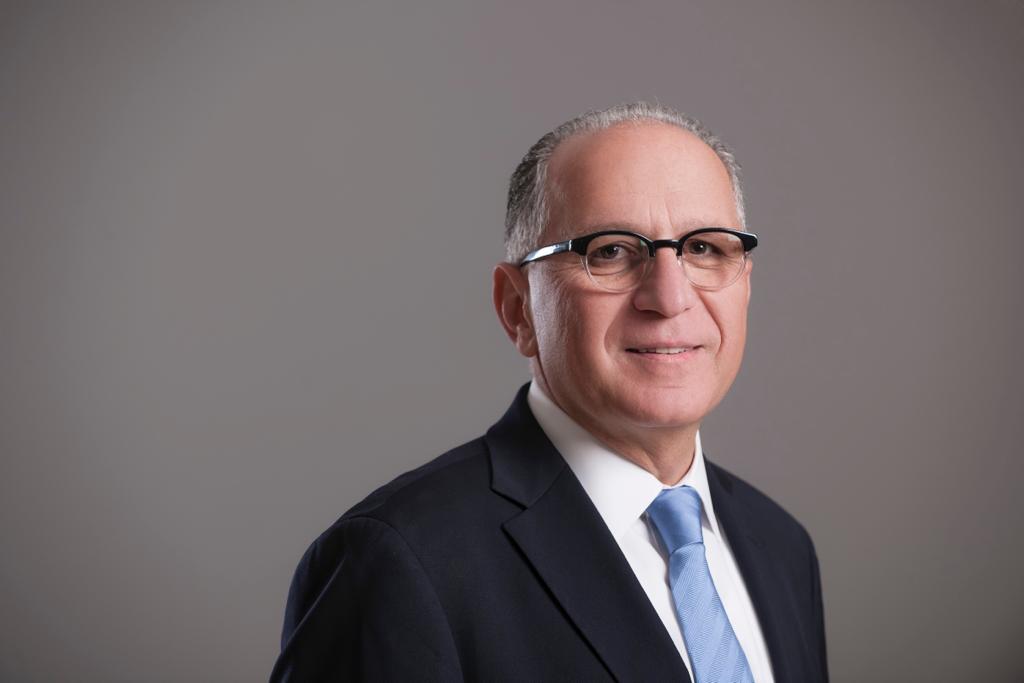Guest Editorial
Egypt energy strategy supports global climate change action, which requires commitment from every country
Published on : 2021-06-16

By Nabil Habayeb
The ambitious goals announced and reaffirmed at summits such as the Regional Climate Dialogue, the Leaders Summit on Climate and others, reflect the growing consensus that we are at a critical moment of action. Across the globe, governments, individuals, and companies are taking tangible and bold steps to confront the unprecedented crisis that climate change represents.
The main factor in achieving these goals is the translation of global commitments into local efforts according to the needs of each country, to reduce carbon emissions and diversify energy sources.
For example, Egypt is working on building a balanced energy economy that supports sustainable development and renewable energy as a pivotal component. This is part of an integrated energy strategy that aims to diversify energy sources and ensure energy reliability and affordability.
The government is preparing to launch a number of renewable energy projects that will contribute to increasing the amount of electricity generated from renewable energy in the coming years. This follows the announcement made by the country that Egypt will aim to generate 20 percent of its electricity from renewable energy resources by 2022, and 42 percent by 2032.
Other countries following a similar approach are Saudi Arabia and the UAE. Saudi Arabia is seeking to build one of the most efficient energy systems in the world, as it intends to diversify its energy mix to generate half of its electricity from renewable sources by 2030.
In the UAE, energy sector diversification is also a strategic priority. By 2050, the country aims to have an energy mix that includes 44 percent renewables and 38 percent from natural gas. GE is providing its record-breaking H-class gas turbine technology for a power plant that is expected to be the most efficient in the Middle East’s utility sector when completed.
Where the rubber hits the road
Success actually occurs “where the rubber hits the road” – in the homes, factories, industrial facilities, power plants, and office buildings where sustainable, low- and zero-carbon technologies, systems, and practices are deployed. This needs to happen in a diverse array of geographies, climates, demographics, and economies.
Each country's response to climate change is affected by several different circumstances, as well as how it deals with the "energy trilemma." This trilemma reflects the challenge countries face to address sustainability, while at the same time balancing their needs in two other critical areas: energy equity (often related to affordability), and energy security and reliability.
Even as the world rallies around the need for concerted action, the path taken by each country and community will look different. What that means, quite simply, is that effective climate action – particularly in the context of the energy trilemma – each country needs to act according to its circumstances and the procedures approved by it.
That is why at this moment of action, we will build on our work with customers and governments across the globe and support the execution of the commitments outlined to move further and faster toward a more sustainable future. We must look forward to the future with new paradigms and technologies, alongside customers, governments, and partners.
Reimagining tomorrow’s technologies
Recently, the Prime Minister, the Minister of Electricity & Renewable Energy, and the Minister of Petroleum announced a plan for Egypt to move toward the manufacturing, exportation, and consumption of green hydrogen. GE has the technology today to help the government achieve its vision.
Already, our gas turbines can run on fuels that blend natural gas with hydrogen, resulting in lower CO2 emissions. Ongoing innovation means that many of our turbines can transition to run on 100 percent hydrogen, which ensures higher energy efficiency and lower carbon emissions.
In addition, our ongoing research and development – with an annual spend of US$1.5 billion on energy related R&D – will deliver the new technologies required in the years ahead.
In aviation, we are continuing to improve engine performance for greater fuel efficiency. Longer term, we are trialing sustainable airline fuels, and we are exploring electrically driven propulsion systems that reimagine the aircraft engine.
In conclusion, our success as a global community in pursuing a low-carbon future requires steps now, across the entire value chain and around the world. The commitments announced and reaffirmed by world leaders – including in Egypt – give us the direction and inspiration we need.
For those of us who operate in the plants, facilities, and systems where decarbonization happens, our task is to translate these global and national commitments into the local implementations that will lead us to a sustainable, low-carbon future.





